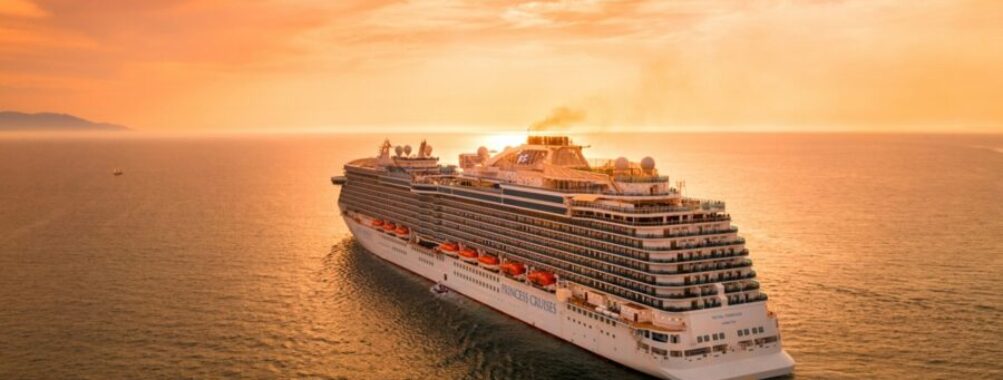
Budget Transatlantic Repositioning Cruises: 7 Insider Tips for Affordable Ocean Adventures in 2025
Ever thought about crossing the Atlantic on a cruise ship without breaking the bank? Budget transatlantic repositioning cruises let you soak up long ocean journeys, indulge in good food, and discover unique ports—all for way less than you’d expect.
These cruises pop up when ships need to move from one continent to another. You get a longer trip with plenty of sea days, which is a dream if you love unwinding and escaping the tourist hordes.
If your calendar’s flexible, this kind of cruise is one of travel’s best-kept secrets. You might even land a balcony cabin for less than a short regular cruise. And waking up to a whole new country after days at sea? That feeling never really gets old—at least, not for me.
Table of Contents
- Key Takeaways
- What Are Budget Transatlantic Repositioning Cruises?
- How Repositioning Cruises Differ From Regular Cruises
- Why Are They Priced Lower?
- Types of Transatlantic Repositioning Cruise Itineraries
- Best Times to Find Cheap Transatlantic Repositioning Cruises
- Cruise Season and Timing Considerations
- Booking Strategies for the Lowest Fares
- Popular Embarkation and Disembarkation Ports
- Europe Departure Points
- Americas Departure Points
- Typical Transatlantic Repositioning Cruise Routes
- Mediterranean to Caribbean Sailings
- Northern European Crossings
- Extraordinary Routes: South America and Beyond
- Notable Stops and Ports of Call En Route
- Island Destinations During Transatlantic Crossings
- Historic European and Atlantic Ports
- Cruise Ship Experience on a Budget
- Onboard Activities and Entertainment
- Dining and Cabin Options
- What to Expect: Days at Sea
- Making the Most of Sea Days
- Wi-Fi and Connectivity Considerations
- How to Find the Best Transatlantic Repositioning Cruise Deals
- Tips for Solo Travelers
- Using Onboard Credits and Perks
- Early Booking Versus Last-Minute Deals
- Transatlantic Repositioning: Unique Opportunities and Itineraries
- One-Way Sailings Between Continents
- Queen Mary 2 and Iconic Transatlantic Experiences
- Shore Excursions to Enhance Your Journey
- Frequently Asked Questions
- What is the best time of year to book a budget-friendly repositioning cruise across the Atlantic?
- How can travelers find the most affordable cabins on repositioning cruises provided by major cruise lines?
- What are the pros and cons of opting for a budget transatlantic repositioning cruise over a traditional cruise?
- Which cruise lines offer the most competitive deals for transatlantic repositioning voyages?
- What should passengers expect in terms of amenities and activities on a budget repositioning cruise ship?
- Are there any hidden costs or fees that first-time travelers should be aware of when booking a repositioning cruise?
- Book Your Dream Experience
- More Travel Guides
Key Takeaways
- Repositioning cruises are a cheap way to cross the Atlantic.
- You’ll visit interesting ports and get loads of sea days.
- The best deals go to travelers with flexible dates and a sense of adventure.
What Are Budget Transatlantic Repositioning Cruises?
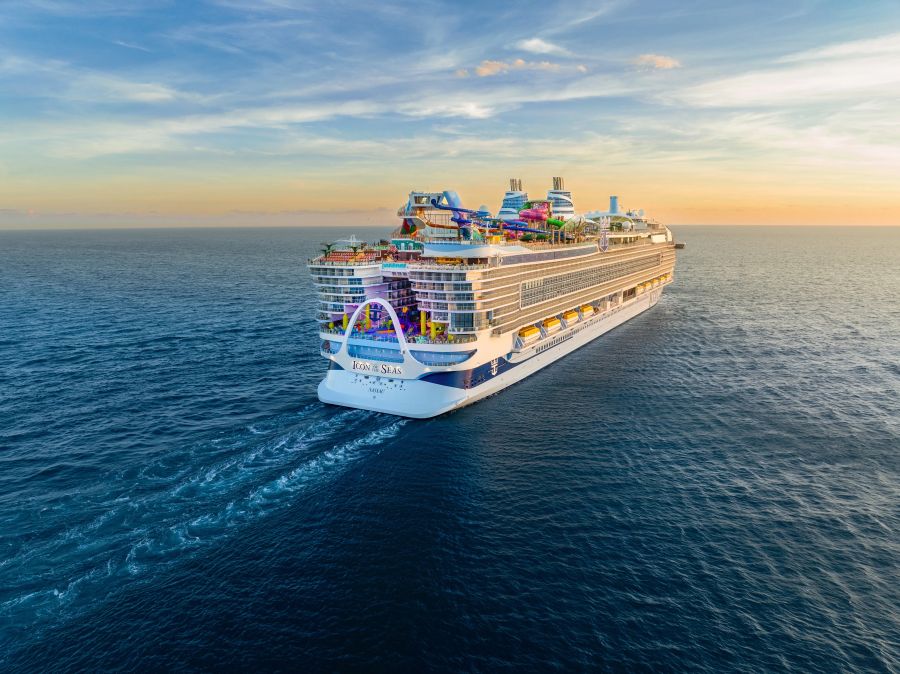
A budget transatlantic repositioning cruise is a special, often-overlooked trip where you cross the Atlantic as the ship changes its seasonal home port.
It’s a slower, longer, and surprisingly cheap way to travel—plus, you’ll see some unexpected places along the way.
How Repositioning Cruises Differ From Regular Cruises
Let’s be honest: repositioning cruises aren’t your typical roundtrip Caribbean jaunt with a new port every other day.
These one-way trips happen when a cruise line moves a ship from, say, Florida to Spain for the Mediterranean season.
Instead of a parade of ports, you get stretches of open sea—sometimes a week without land in sight. That means less frenzy, more time to lounge, meet fellow travelers, read, or simply do nothing (and honestly, how often do we get that chance?).
The vibe onboard is a little different too. The folks who show up for these sailings tend to be more relaxed, maybe a little more adventurous.
They’re not racing to check off tourist sites, but savoring the crossing itself—a throwback to the old ocean liner days, only now with better Wi-Fi and bottomless coffee.
Why Are They Priced Lower?
Cruise lines slash prices on repositioning cruises because these one-way trips don’t pull in the crowds. Most people want quick roundtrips or guaranteed sunshine.
Few are itching to spend ten days between continents, so cabins go for a steal, especially if you’re willing to share.
Ships need to make these journeys anyway. Rather than sail empty, cruise lines fill cabins at rock-bottom rates.
If you book early and don’t mind skipping the usual touristy ports, you can score deals that almost seem too good to be true.
Types of Transatlantic Repositioning Cruise Itineraries
Not all transatlantic cruises are created equal. Some ships head from Florida to Europe, others might link New York with Spain, Portugal, or the Canaries.
Most sail in spring and fall, chasing the sun as ships reposition. Trips run 10 to 16 nights, with a handful of quirky stops like the Azores, Bermuda, or Madeira.
Here’s a tip: Itineraries with fewer ports usually cost less. But sometimes those weird, offbeat stops end up as the highlight of your trip.
If you’re open-minded, you’ll find some real gems.
Best Times to Find Cheap Transatlantic Repositioning Cruises
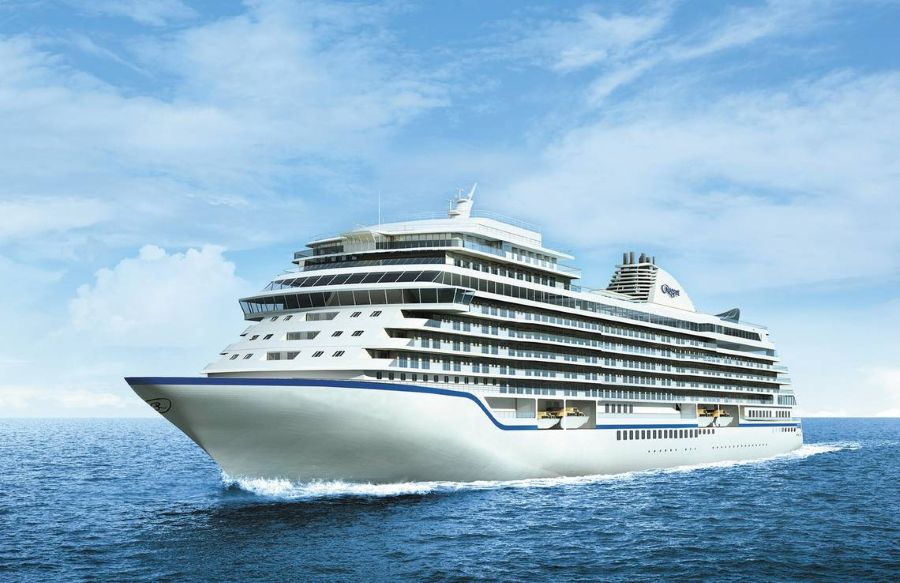
Landing the best transatlantic cruise deals isn’t just about luck. Timing and a little savvy make all the difference.
The trick? Know when ships cross the Atlantic and book at the right moment.
Cruise Season and Timing Considerations
Transatlantic repositioning cruises usually run in spring and fall. Ships sail from the Americas to Europe in April or May, then return from Europe to the U.S. in September or October.
It’s all about cruise lines shifting ships for the changing seasons.
If you’re chasing the lowest fares, target these shoulder months. Most travelers want summer vacations or holiday cruises, so these off-peak crossings are less crowded and cheaper.
You get more sea days—sometimes at prices that feel almost unfairly low.
Just know: you’ll spend plenty of time at sea with just a few port stops. For some, that’s bliss. For others, maybe not so much.
But if you dream of endless ocean views and a killer deal, these months are your window.
Booking Strategies for the Lowest Fares
Booking early usually nets you the best price. As soon as cruise lines post next year’s repositioning cruises, jump on it.
But sometimes, if the ship doesn’t fill up, a few last-minute cabins pop up at bargain rates.
Set price alerts and check booking sites often. Prices can swing wildly, especially as departure nears.
I always compare cruise fares and flights together, using tools like KAYAK to keep the whole trip budget-friendly.
Sign up for cruise line newsletters and look out for past guest deals—sometimes repeat cruisers get special rates.
Don’t dismiss a long itinerary just because it looks, well, long. More sea days often mean you’re getting more vacation for less money, if that’s your thing.
Popular Embarkation and Disembarkation Ports
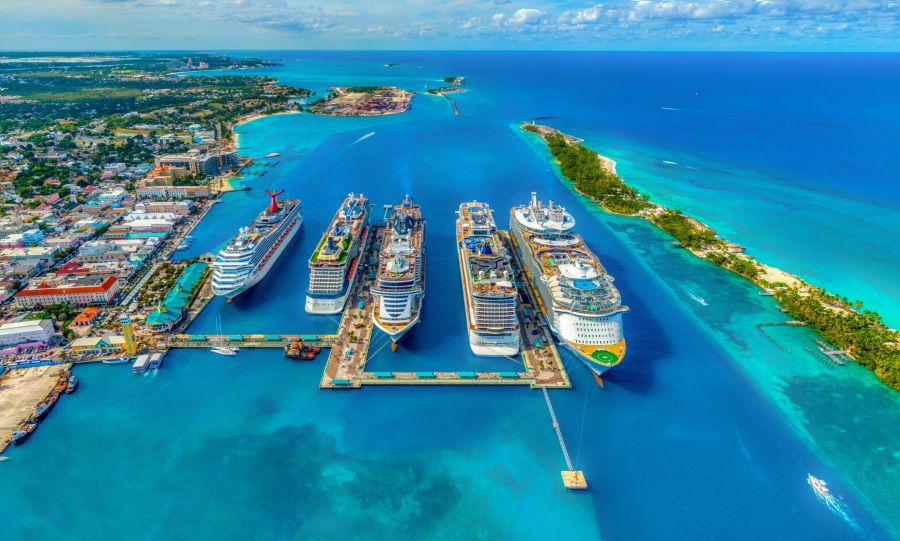
The ports you pick for your transatlantic adventure can totally shape your trip.
Some spots are buzzing with energy, others feel like you’ve stepped back in time.
Choosing wisely can make your journey unforgettable—and sometimes even cheaper.
Europe Departure Points
If you’ve ever dreamed of starting your cruise in Europe, a few standout ports pop up year after year.
Southampton, England is legendary. There’s history everywhere, and you can get there from London in about 90 minutes by train.
If Titanic left an impression on you, Southampton is the real deal.
Lisbon, Portugal is another favorite. The city’s winding hills, pastel buildings, and those iconic trams give your cruise a real sense of place.
Lisbon cruises fill up fast, so book early if you can swing it.
Amsterdam and Copenhagen are further north, but sailing out of these cities always feels special.
The old town centers are right by the port. Don’t leave Amsterdam without trying a stroopwafel—seriously.
Some cruises leave from La Spezia, Italy or Rome (Civitavecchia), heading toward sunny Florida.
Italian ports are well-connected, so tacking on a quick Florence or Rome adventure before you board? Absolutely worth it.
Europe Departure Port Comparison
| Port | Nearby Attractions | Accessibility |
|---|---|---|
| Southampton | London, Stonehenge | Easy train from London |
| Lisbon | Alfama, Belem, Sintra | Metro/cabs from city center |
| Amsterdam | Canals, museums | Train from airport/city |
| Copenhagen | Tivoli, Nyhavn | Metro/trains to harbor |
| La Spezia/Rome | Florence, Rome, Pisa | Train connections |
Americas Departure Points
If you’re sailing from the Americas, a few ports stand out for budget transatlantic crossings.
Fort Lauderdale is the big one. It’s easy to reach from Miami, and the Florida humidity hits you as soon as you step outside.
For cruise fans, that’s part of the fun.
New York and Cape Liberty are great if you want to squeeze in a Broadway show or a slice of real pizza before you go.
The city’s energy just sets the mood for a long ocean crossing.
Sometimes, Quebec City makes the list, especially in fall. Sailing out of Quebec’s old town, with its cobblestone streets and postcard views, feels almost magical.
Every now and then, you’ll see Buenos Aires or Caribbean islands as starting points.
These are less common, but if you’re up for a longer adventure or want a dash of Latin American flair before crossing the Atlantic, keep an eye out.
The routes sometimes run in reverse—Caribbean to Europe, or New England to Amsterdam.
For me, picking the right port is half the fun and can save you a chunk of change if you’re flexible.
Typical Transatlantic Repositioning Cruise Routes
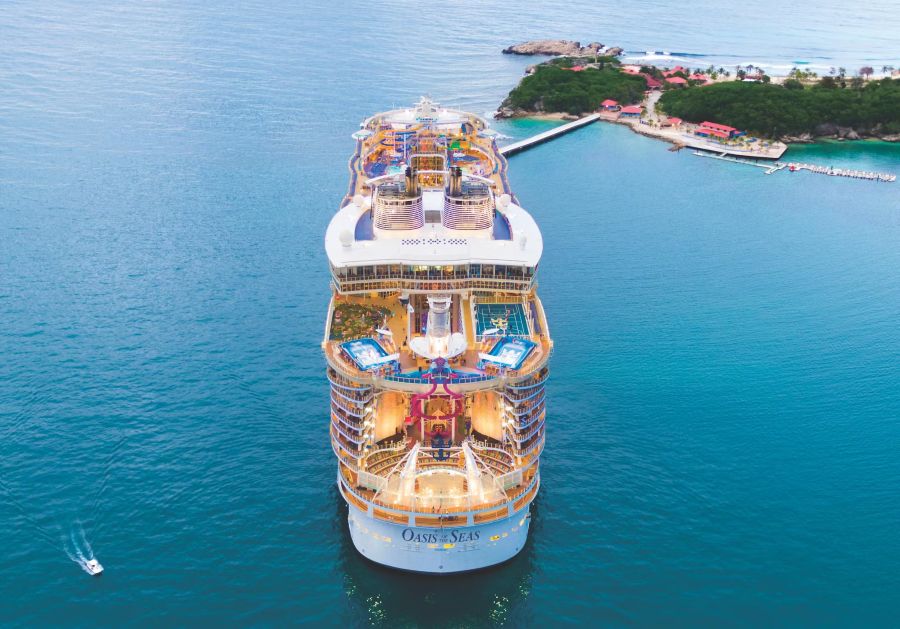
Transatlantic repositioning cruises take you along routes most cruises skip.
You’ll visit unique ports and cross big stretches of ocean, often for less than you’d pay on a regular cruise.
Mediterranean to Caribbean Sailings
The classic repositioning route links the Mediterranean to the Caribbean as ships switch from Europe’s summer to the Caribbean’s winter.
Ports might include Barcelona, Rome, or the Canary Islands before the ship heads west.
The vibe shifts as you go. One day you’re eating pasta in Italy, the next you’re lounging on a Caribbean beach.
I once wandered Lisbon’s old castles, then ended up sipping punch in Barbados. That mix of old-world cities and tropical islands is hard to beat.
These crossings take 12-16 nights. Balcony cabins can be shockingly affordable compared to peak season.
Keep an eye out for last-minute deals, and check which cruise lines let you avoid pricey extras.
Typical Mediterranean–Caribbean Route:
| Europe Ports | Ocean Crossing | Caribbean Ports |
|---|---|---|
| Barcelona, Rome | North Atlantic | St. Maarten, San Juan, Barbados |
Northern European Crossings
Some repositioning cruises start further north, in places like Southampton, Hamburg, or Copenhagen.
These routes are a different beast. You might get foggy mornings in the North Atlantic, then arrive in Caribbean sunshine.
Wildlife sightings are common—whales, seabirds, sometimes dolphins—especially near Iceland or the Azores.
On one trip, I bundled up for the chilly deck and snapped a photo of a lone puffin. Made my week.
Northern routes run longer—often 15 nights or more. Seas can get rough, so bring seasickness meds if that’s a concern.
These are perfect if you want fewer crowds and more time to unwind.
Snagging a balcony cabin on these routes feels like having your own floating wilderness lodge.
Possible Ports:
- Southampton
- Hamburg
- Azores
- Caribbean or Florida finish
Extraordinary Routes: South America and Beyond
Sometimes cruise lines throw in wildcards—unusual repositioning cruises that don’t follow the standard script.
One year, a friend sailed from Brazil up to Lisbon, stopping in places nobody expected—Bay of Islands, Cape Verde, even Dakar.
Occasionally ships cross from South America to Europe, or stretch the journey from Alaska down the Pacific, then onward to Europe or even French Polynesia like Moorea.
You have to hunt for these itineraries, but they’re worth it if you love a good travel story.
You might cross both the Atlantic and Pacific, see wild coastlines, and wind up in places you’d never reach otherwise.
Just remember, these trips can last weeks—so pack like you mean it!
Notable Stops and Ports of Call En Route
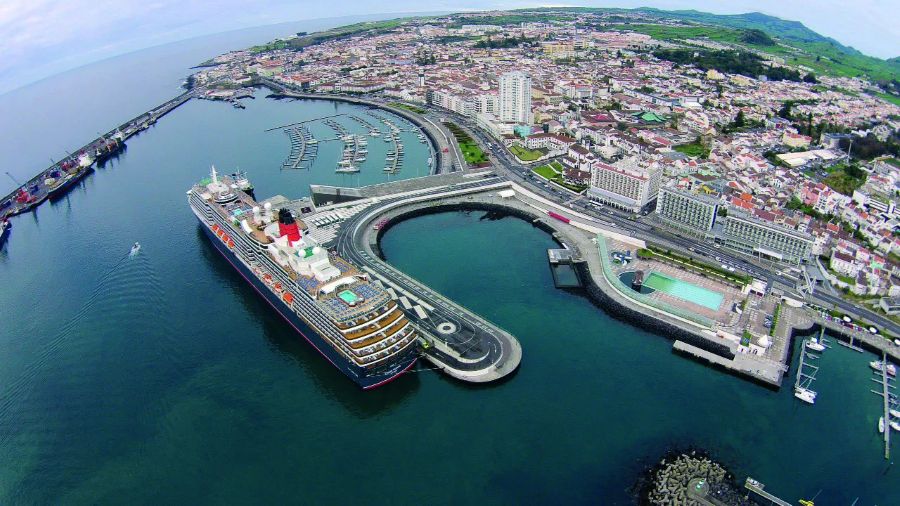
Transatlantic repositioning cruises are a bit of a travel hack. You get this rare shot at visiting remote islands and old-world European cities that most people just dream about on standard itineraries.
You’ll hop off in some wild places—think volcanic islands, ancient outposts, and tiny towns you’d never find on a map. And all this, without blowing your whole travel budget.
Island Destinations During Transatlantic Crossings
Honestly, the best part? The quirky island stops you’d never expect. The Canary Islands are a classic example. Tenerife, the big one, has black sand beaches, winding trails through rugged mountains, and old towns like La Laguna that feel frozen in time.
Don’t skip the local mojo sauce—trust me, it’s addictive.
The Azores are another gem. Ponta Delgada greets you with volcanic craters, steaming hot springs, and lakes that look almost fake in photos. I once spotted a pod of dolphins right before docking—one of those pinch-me moments.
Madeira is a frequent stop too. Funchal’s got open-air markets and cable cars gliding up the hills, and the whole place smells like flowers and sea air.
Bermuda sometimes sneaks onto these routes, mainly on western crossings. Those pink beaches look unreal, and there’s this low-key British vibe that makes everything feel a bit quirky. If you want tours or local experiences, you can easily book ahead before you ever step foot on the ship.
Historic European and Atlantic Ports
Arriving in Europe by ship? There’s just something about it—like you’re part of some old adventure. Lisbon is a regular stop, and its pastel buildings, rattling trams, and steep cobbled lanes are a photographer’s dream.
Grab a pastel de nata and wander aimlessly; it’s the only way to do it.
Cadiz is easy to underestimate. Golden beaches wrap around the city, and the skyline is dotted with ancient watchtowers. Gibraltar feels totally different: you get jaw-dropping views of Africa, mysterious WWII tunnels, and those cheeky monkeys everyone talks about.
Some cruises drop anchor at Mallorca, where Gothic cathedrals tower over the old town, or at smaller, lesser-known ports. These stops let you dive into European culture without the usual chaos. You just stroll off the ship and you’re right in the thick of it.
Honestly, it’s often those tiny, unplanned towns that end up as your favorite memories.
Cruise Ship Experience on a Budget
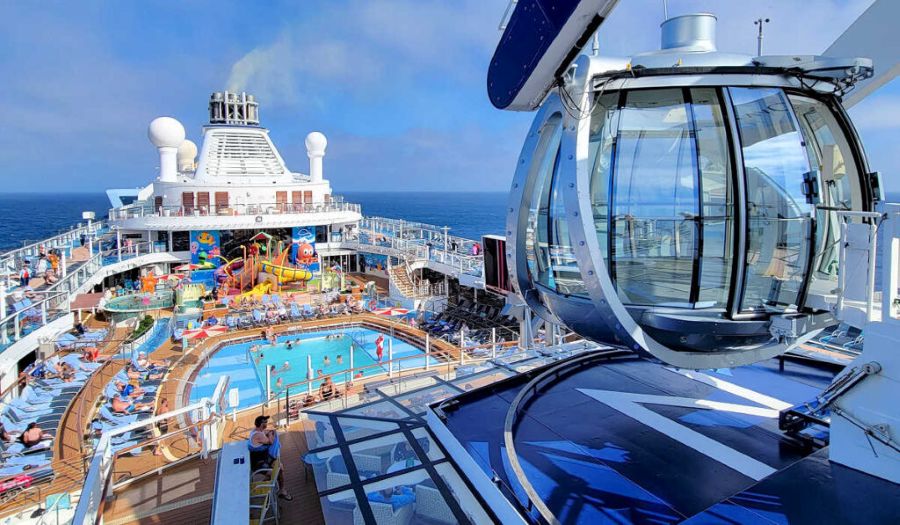
Transatlantic repositioning cruises can really stretch your dollar. Even if you’re watching your spending, you’ll find plenty to do and ways to stay comfy without feeling deprived.
Onboard Activities and Entertainment
You might expect boredom on a long crossing, but these ships are packed with surprises. It’s like a floating city—there’s always something happening.
You’ll find trivia contests, dance lessons (sometimes with wildly enthusiastic instructors), arts and crafts, and pool games on the daily schedule. Casinos are everywhere, and there’s usually a midnight movie or a themed dance party—though, let’s be honest, I rarely make it that late.
Live music pops up everywhere. I’ve stumbled across some seriously talented musicians tucked into piano bars or lounges. The theatre shows can be surprisingly good, and comedy nights sometimes deliver genuine belly laughs. Most of it’s free, so you can drift in and out as you like.
Bring a book for those quiet corners. And don’t skip the group games—meeting fellow travelers over a silly round of shuffleboard is part of the fun, especially when the ship isn’t packed.
Dining and Cabin Options
Dining on a budget cruise is a bit of an adventure in itself. The main dining rooms are included, with menus that change nightly. Sometimes you’ll luck into a steak or pasta dish that’s way better than you’d expect.
The buffet is open most of the day, offering the basics—bread, salad, chicken. Nothing fancy, but it does the job.
If you’re watching your spending, stick to the free options. Specialty restaurants cost extra, but maybe treat yourself once if something catches your eye. I like to grab a snack and find a quiet spot with a view, rather than elbowing through the buffet crowds.
Cabins run the gamut, from tiny inside rooms (think: no windows, pitch dark at night) to balcony cabins with fresh air. Inside cabins are great for light sleepers and tight budgets—just bring a nightlight so you’re not fumbling in the dark. Double occupancy is the norm, so you’ll need a travel buddy for the best price. If you’re a balcony person, only splurge if you’ll actually use it—otherwise, save your cash.
What to Expect: Days at Sea
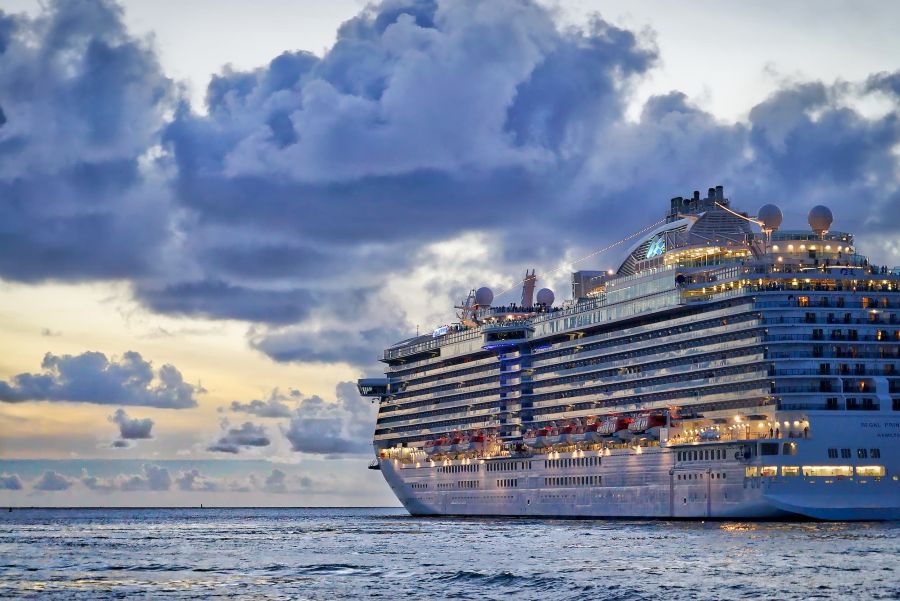
You’ll spend more days at sea than in port on a transatlantic repositioning cruise. That’s actually a perk—these stretches let you unplug and recharge in a way few other trips do.
Making the Most of Sea Days
Sea days can be whatever you want them to be. I usually start with big plans and end up just soaking in the ocean views. Ships drop a daily newsletter at your door—grab it and circle anything that sounds fun.
Here’s what you might get up to:
- Classes & Workshops: Try painting, dance, or even a language class. I once learned the cha-cha in the middle of the Atlantic, and it’s a ridiculous but fun memory.
- Wellness & Fitness: Yoga at sunrise or lazy laps on deck—do as much or as little as you want.
- Food: Take your time, sample afternoon tea, or just graze at the buffet.
- Relax: Find a quiet spot, crack open a book, and let the sound of the waves do its thing.
Honestly, sea days can get busier than port days if you let them. Or you can nap, snack, and do absolutely nothing. No judgment.
Wi-Fi and Connectivity Considerations
Wi-Fi at sea is a mixed bag. On budget cruises, it’s often slow and pricey—unless you luck out with a promo or some included minutes. Streaming or video calls? I wouldn’t count on it.
If staying online is important, check packages before you sail. Sometimes you can pre-purchase discounted plans through the cruise line’s site or app. But if you can handle going “off-grid,” sea days are the perfect excuse. Let friends know you might be slow to reply, and just enjoy the digital detox.
Download your playlists, books, or shows before you leave port. That way, spotty signal won’t ruin your downtime. You might even find you don’t miss being connected as much as you thought.
How to Find the Best Transatlantic Repositioning Cruise Deals
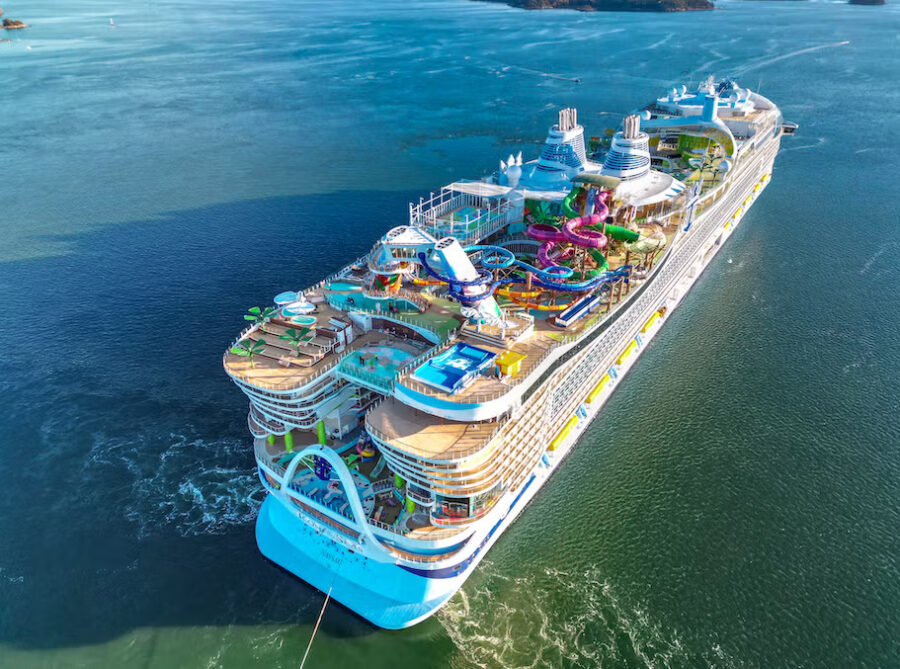
Scoring a deal on a transatlantic repositioning cruise isn’t just about snatching the first cheap fare you see. You need the right tricks for your travel style, and you’ve got to hunt for those hidden perks.
Tips for Solo Travelers
Solo cruising takes a bit of strategy. Most cabins are priced for two, so that pesky “single supplement” often pops up. But don’t let it scare you off—some cruise lines do offer special solo rates on repositioning trips.
Reach out to customer service and ask about solo deals, since they’re not always advertised. Some ships have solo cabins—Norwegian’s studio staterooms are a good bet. Travel agencies and deal sites sometimes list no-single-supplement promos, especially when ships need to fill up. Facebook groups and travel forums can be goldmines for last-minute bargains.
Using Onboard Credits and Perks
Onboard credit is basically free spending money. Cruise lines often throw it in as a bonus to fill cabins on repositioning cruises. Always compare offers—sometimes the fare with onboard credit is actually the better deal if you want to splurge on the spa or shore excursions.
Look for extra perks like free Wi-Fi, drinks, or even included gratuities. Once, I got free laundry service—small, but it made life easier. Always check the fine print, and don’t hesitate to call or chat with travel agents on big sites like Expedia for unpublished deals.
Early Booking Versus Last-Minute Deals
Timing is everything. Book early and you’ll have your pick of cabins—crucial if you care about location or want a solo room. Early birds often get perks like onboard credit or upgrades.
But last-minute deals? Sometimes they’re unbeatable, if you’re flexible. I once snagged a cabin for a song just a few weeks before sailing because the ship still had empty rooms. Set up price alerts and check flight deals to make sure the whole trip fits your budget.
If prices drop after you book, don’t panic. Some cruise lines let you rebook at the lower fare or toss in extra perks. It’s always worth asking—I’ve saved a bundle this way.
Transatlantic Repositioning: Unique Opportunities and Itineraries

Transatlantic repositioning cruises give you a chance to cross the Atlantic on wallet-friendly, one-way adventures. These trips combine lazy sea days with stops at off-the-radar ports you might never visit otherwise.
One-Way Sailings Between Continents
Most repositioning cruises are one-way—think Caribbean to Europe in spring, and the reverse in fall. They usually last 10–15 nights, with lots of sea days and just a handful of ports. Here’s the trick: fewer port stops mean lower prices since port fees eat up a big chunk of costs.
You get to settle into ship life, disconnect, and just enjoy the ride. No hectic port schedule, no constant rushing—just endless blue and time to breathe. Ships often stop in places like the Azores or Canaries for fuel and supplies, so you get bonus adventures in spots you’d never hit otherwise.
Queen Mary 2 and Iconic Transatlantic Experiences
Cunard’s Queen Mary 2 is the classic for transatlantic crossings, especially New York to Southampton. There’s a certain magic to it—ballroom dancing, formal nights, and the sense you’re living out some grand old travel story.
But plenty of other ships do these crossings, especially when seasons change. Some offer special workshops, guest lecturers, or live music you’ll never find on a standard cruise. I still remember a spontaneous lecture on maritime history that was unexpectedly awesome. For a lot of travelers, the journey itself turns out to be the best part.
Shore Excursions to Enhance Your Journey
Sea days might steal the show on a repositioning cruise, but those rare port stops? They can turn the whole trip on its head. You could find yourself wandering Lisbon’s winding alleys, sampling tapas in Cadiz, or maybe getting lost in the volcanic landscapes of Ponta Delgada or the Canaries.
I always tell people: skip the cruise line tours and check out your own day trips and sightseeing tours. Book early—you’ll dodge the big crowds and sometimes save a surprising amount.
Just don’t cut it too close; ships wait for no one, and these port calls can be quick. Even with just a couple of stops, the right excursions inject so much more adventure into your crossing.
Frequently Asked Questions
Budget transatlantic repositioning cruises are one of those travel hacks most folks overlook. You’ll save a bundle, but you’ve got to be ready for a few oddball surprises—some charming, some, well, less so.
What is the best time of year to book a budget-friendly repositioning cruise across the Atlantic?
Spring and fall are your golden windows. That’s when ships swap continents for the season, and the deals pop up. I’ve waited out prices for weeks, sometimes months, and then pounced on a last-minute April sailing that felt like a steal.
If you can keep your dates flexible, you’ll have the upper hand.
How can travelers find the most affordable cabins on repositioning cruises provided by major cruise lines?
I’m a big fan of setting price alerts and signing up for every cruise newsletter I can find. Cruise lines’ own sites—especially the “last minute deals” pages—are worth checking obsessively.
Don’t underestimate the power of a chatty travel agent; sometimes a quick phone call lands you a deal that never makes it online.
Inside cabins, especially those tucked away in odd spots, usually cost the least. If you’re not fussy about a window, grab one. I once gambled on a “guaranteed cabin” and, to my surprise, got upgraded.
What are the pros and cons of opting for a budget transatlantic repositioning cruise over a traditional cruise?
The biggest plus? You pay less per night and often get a longer adventure. Those endless sea days—just you and the horizon—are oddly addictive.
On the other hand, you’ll visit fewer ports, and sometimes the ship feels like it’s in “moving mode.” Not everything’s open, and if you crave non-stop action, you might find it a bit slow.
Which cruise lines offer the most competitive deals for transatlantic repositioning voyages?
Cunard’s Queen Mary 2 is a legend for Atlantic crossings, but if you’re after real bargains, I’d keep an eye on MSC, Norwegian, and Royal Caribbean. Princess and Holland America sometimes surprise me with great fares, especially if you’re open-minded about your start or end port.
What should passengers expect in terms of amenities and activities on a budget repositioning cruise ship?
Most ships keep pools, gyms, and theaters running. You’ll find shows, trivia, and—my personal favorite—dance classes. Food and entertainment stay solid, but you might notice a few shops or restaurants close on quieter days.
Honestly, the vibe leans toward relaxation over big parties. Movies on the big screen are free, but specialty coffee or spa visits usually cost extra.
Let me be blunt—those port fees and daily service charges sneak up on a lot of folks. Cruise lines love to advertise low fares, but then you’ll notice extras piling up: Wi-Fi, specialty coffees, shore excursions, and, oh, don’t get me started on laundry.
Drinks can drain your wallet faster than you’d expect, unless you’re happy sticking with the basic stuff they include. I mean, who really wants to pay $8 for a cappuccino every morning?
Flights home are another headache. Sometimes they’re expensive, or the timing just doesn’t line up with your cruise schedule. I always check open-jaw flight prices before committing—why risk a last-minute scramble or sticker shock at the end?



